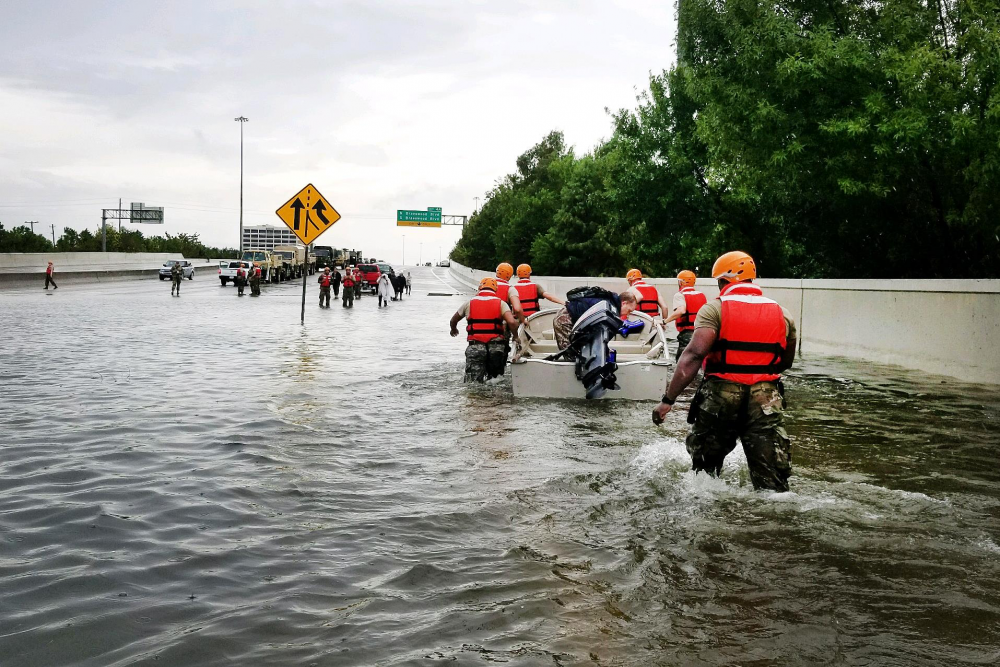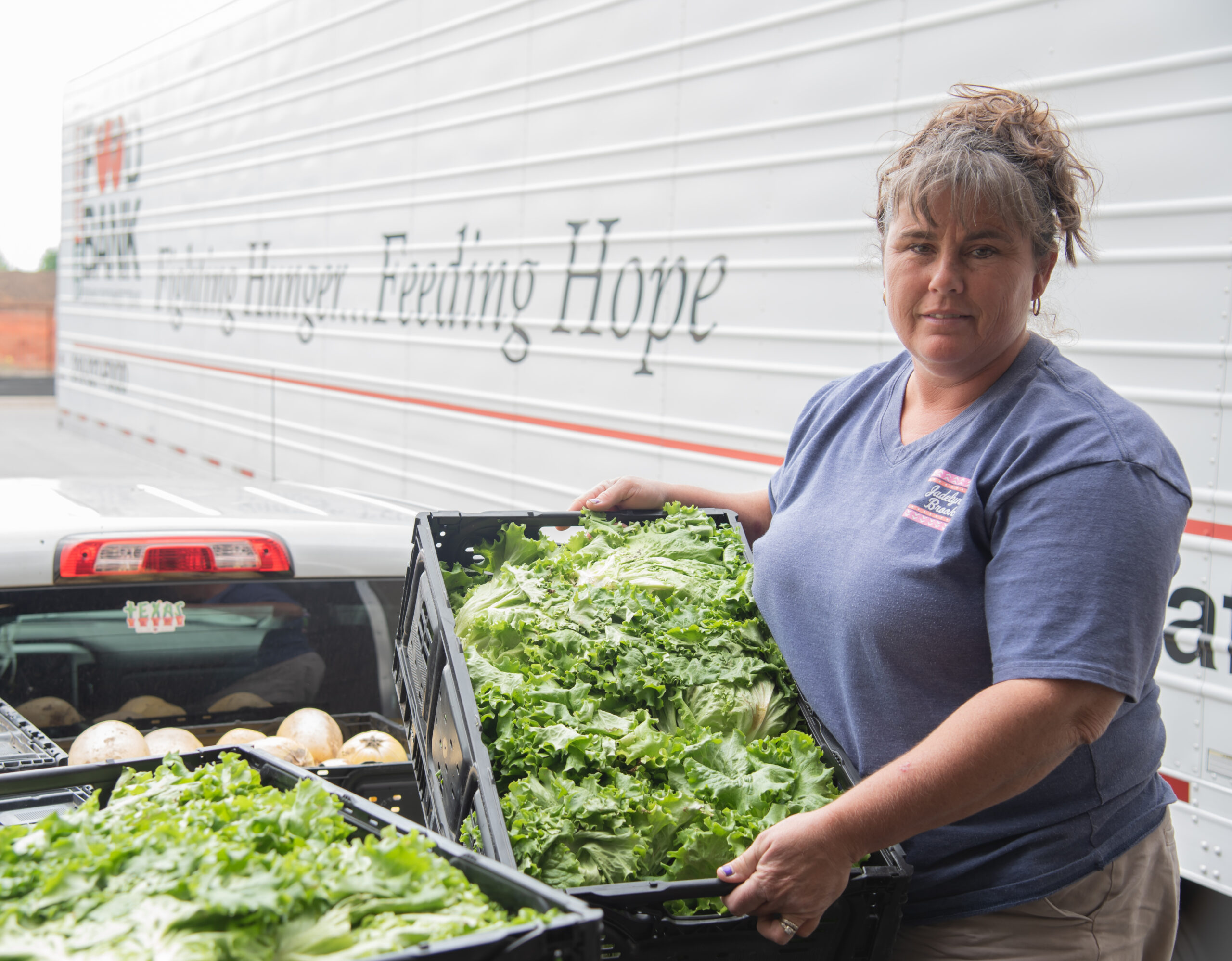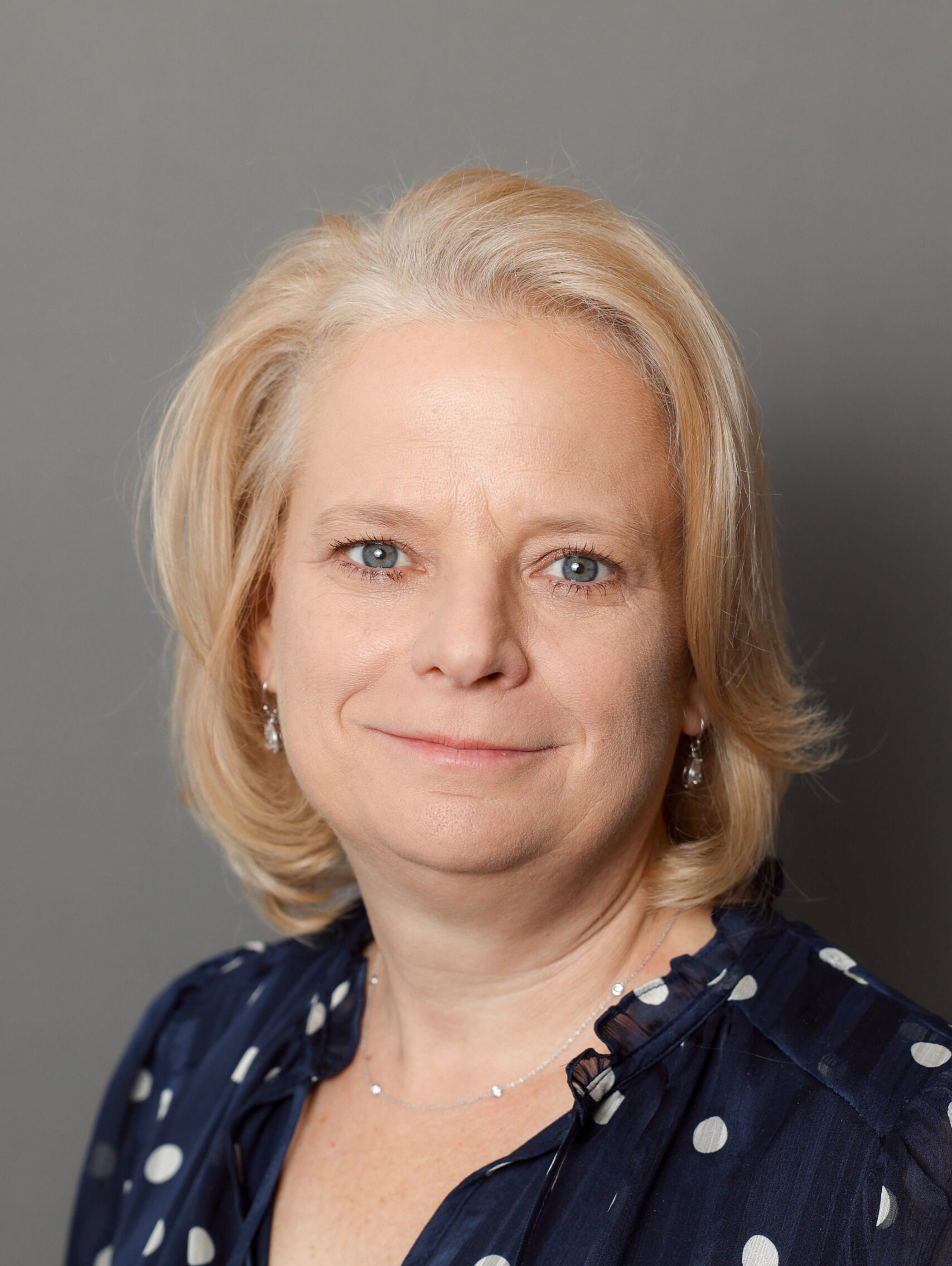Reimagining Effective Disaster Response Philanthropy
This post was originally published on Forbes Nonprofit Council. While the emotive response that drives donors to give is pure and simple, the truth is that disasters are incredibly complex. There is the scale of the suffering and the vastness of needs and challenges: security and safety concerns for both those affected and those there to […]

This post was originally published on Forbes Nonprofit Council.
While the emotive response that drives donors to give is pure and simple, the truth is that disasters are incredibly complex. There is the scale of the suffering and the vastness of needs and challenges: security and safety concerns for both those affected and those there to help; logistics and operational constraints that require agile and expansive solutions; and capacities that buckle under the strain of underfunding and overwork.
These ever-present tensions and complexities can scare even the most well-intended philanthropists off in search of a simple library to fund. However, as the pandemic has shown us, disasters are also experiential equalizers. We all now know how it feels when a disaster enters our home, our family and our community — uninvited and unwanted, unwelcomed.
While the management of the pandemic has been a shared experience, it has affected individuals, families, towns, states and countries differently. The same is true whether the disaster is illness, fire, wind, rain or war — the impact will not be the same for all. These differences have been clearly on display with COVID-19. Essential workers bore the brunt of the pandemic, forced by circumstance to continue to put themselves and their families at risk. Women left the workforce in record numbers, faced with the genuine burden of managing increased childcare demands and work. Black, indigenous and other communities of color, already facing higher morbidity and mortality due to structural inequalities, have been impacted disproportionately.
There has never been a greater need for philanthropy to refresh its image and take on a civic responsibility to aid the country and the world toward a common prosperous future.
Over the years, I have had the privilege to sit with donors and operational agencies to develop calls for action to create greater efficiencies and improve our effectiveness. Conversations have included: shifting the primary accountability to communities served over donor interests; ending sexual abuse and exploitation within our ranks and programs; coordinating and leveraging our resources more effectively; advancing community-informed, locally focused and equity-centered solutions; and mitigating and sharing risk with grantee partners.
Despite regular protestations that “enough is enough,” and “it will be different this time,” all too often we hinder our progress by clinging to the comfort of age-old siloed interpretations of mission and risk-averse working modalities. I posit that we must move through the discomfort of change to transform. Through the adaptation of practices and mindset changes, we can together reimagine disaster philanthropy.
One, we must practice courageous leadership.
We need to aid those with whom we share a purpose, despite uncertainties. Our focus should be on the world we want to see. To do this, we also need to explore why that future is not our present. This requires accurate diagnoses. At times, there is little space between the perception of blaming versus diagnosing. We must accept this truth. We must strive not only to call out but also to address the weaknesses of current systems and structures and be an active part of redressing shortcomings.
Two — and we cannot say it enough — we all must get comfortable with being uncomfortable.
We need to embrace intersectionality in programmatic approaches. Look beyond regular partners with cyclical programs, defined timelines and guaranteed outputs, and put an eye toward the not-yet-known. Demonstrate actions against professed intent and values.
Philanthropy must be willing to make mistakes, to own that we do not have all the answers. We must keep the faith and believe that our attentiveness to action-oriented change will, over time, create new behaviors — ones that better reflect our vision.
Third, philanthropy needs to embrace and maintain its flexibility, so well-introduced during the pandemic.
Too often, we refrain from getting as local as possible, as local as we know is warranted. The reasons for this vary — internal procedures, limited capacity, fiduciary conservativism — but none are insurmountable.
As nonprofit leaders, we are very good at identifying systems, funding mechanisms, compliance regulations, accountabilities and biases — whether overt or not — but all play a role in diminishing our ability to partner with communities. We speak of our local partners’ experience, or lack thereof, as a reason to maintain a firm hand. It is time to flip that mentality and increase our capacity and comfort level to be better funding partners.
Philanthropy already recognizes that the people best suited to serve populations in need are often those closest to them. Imagine a time when we stop merely saying these words and put our professed beliefs into practice, predictably and consistently.
More like this

How American Households Responded to Disasters

